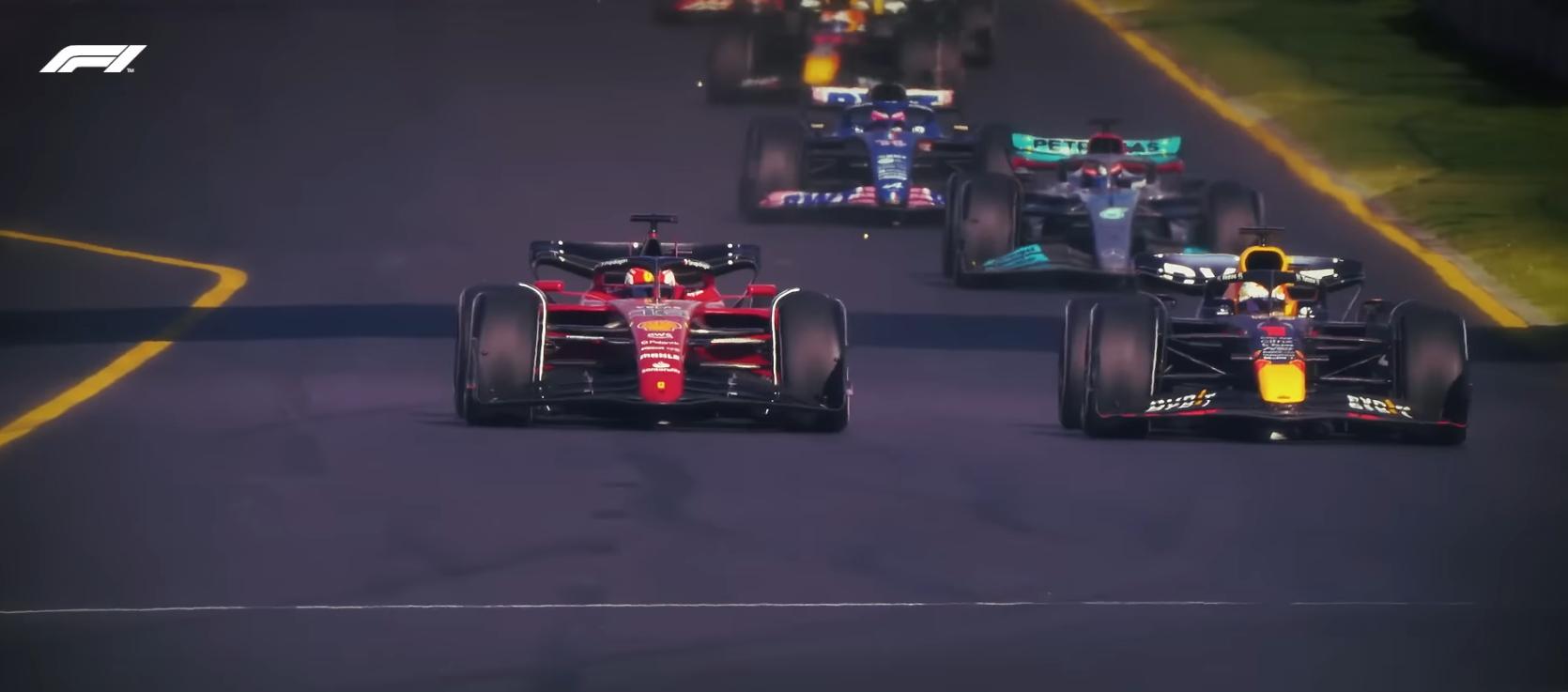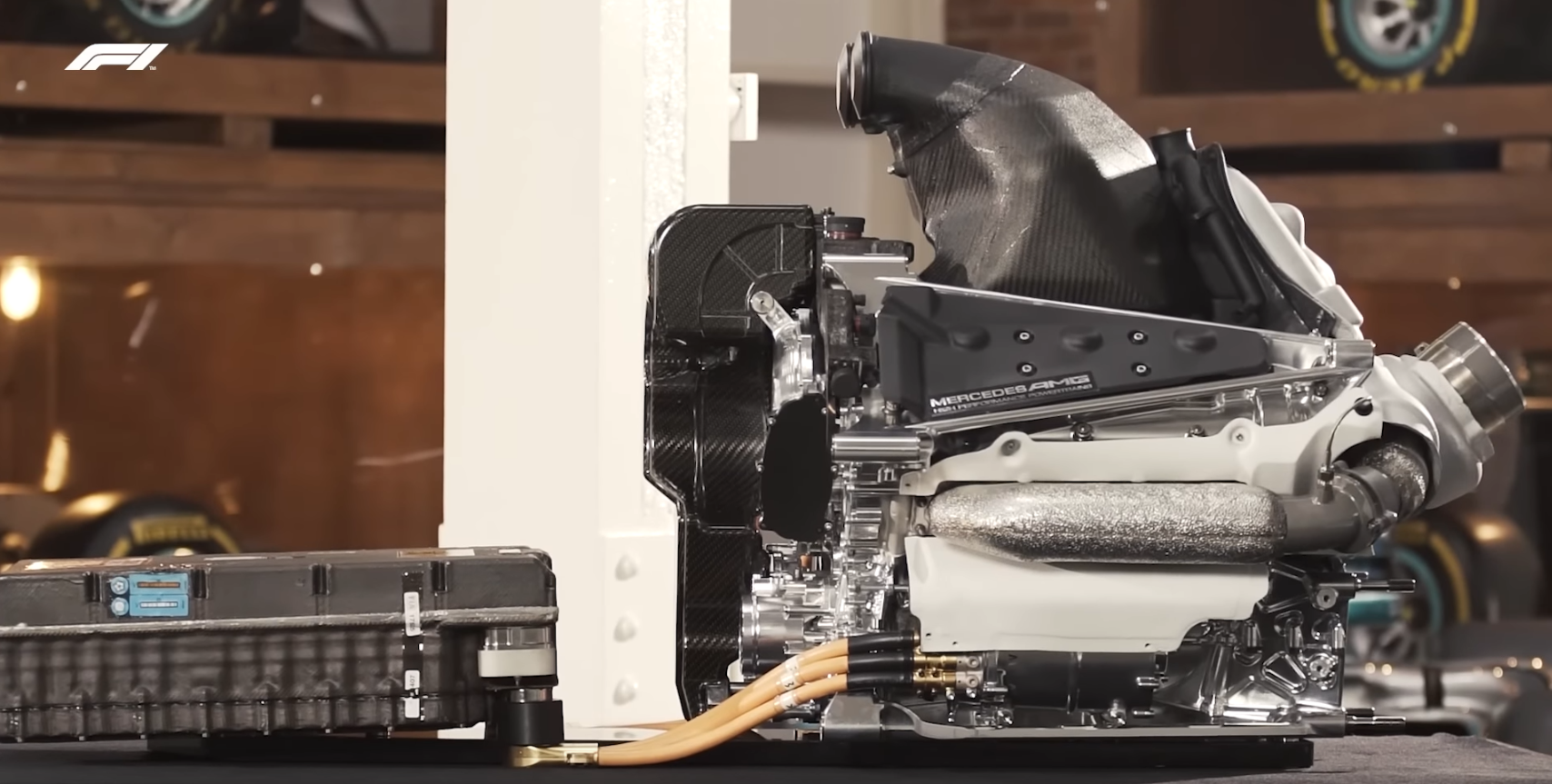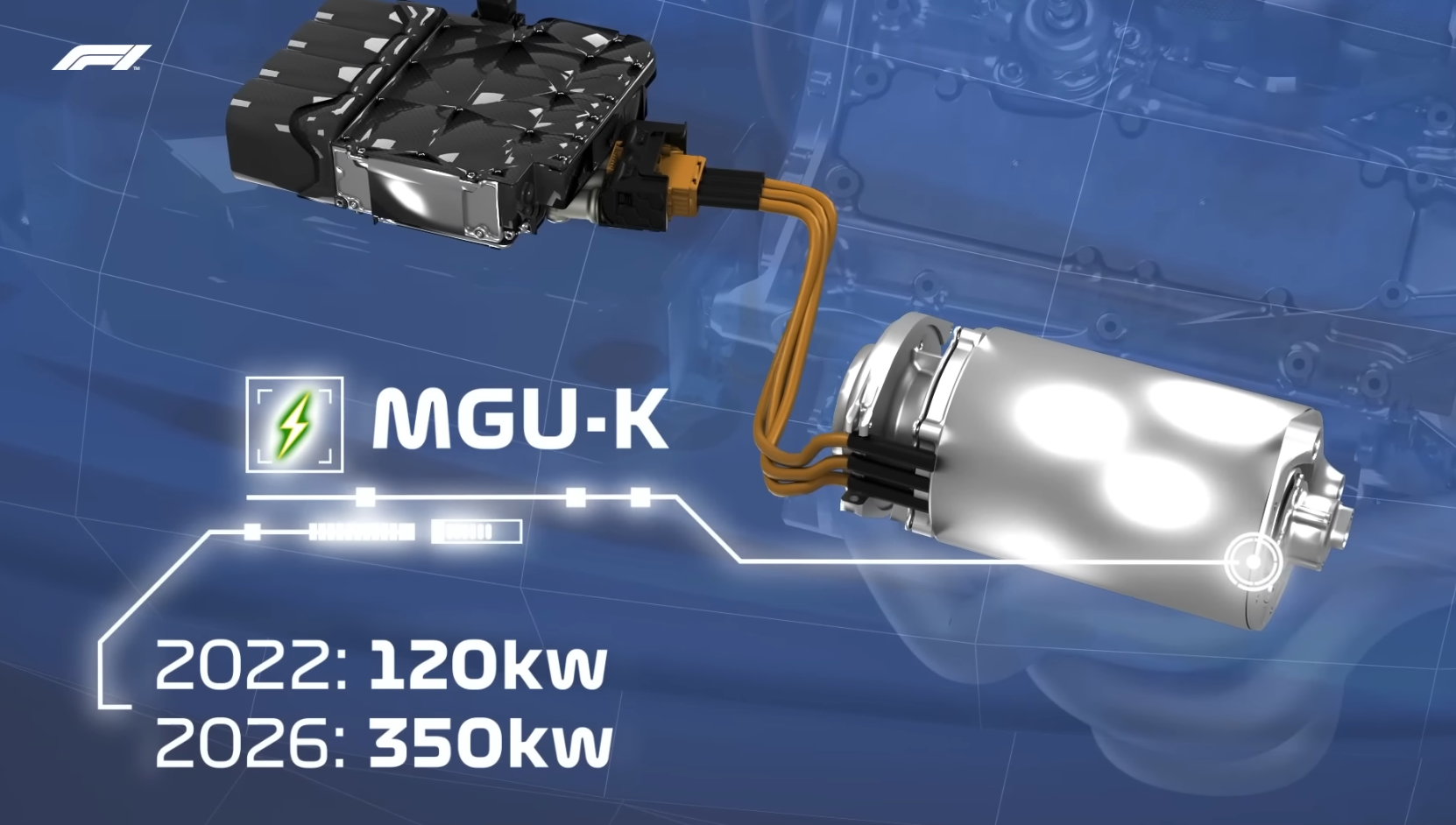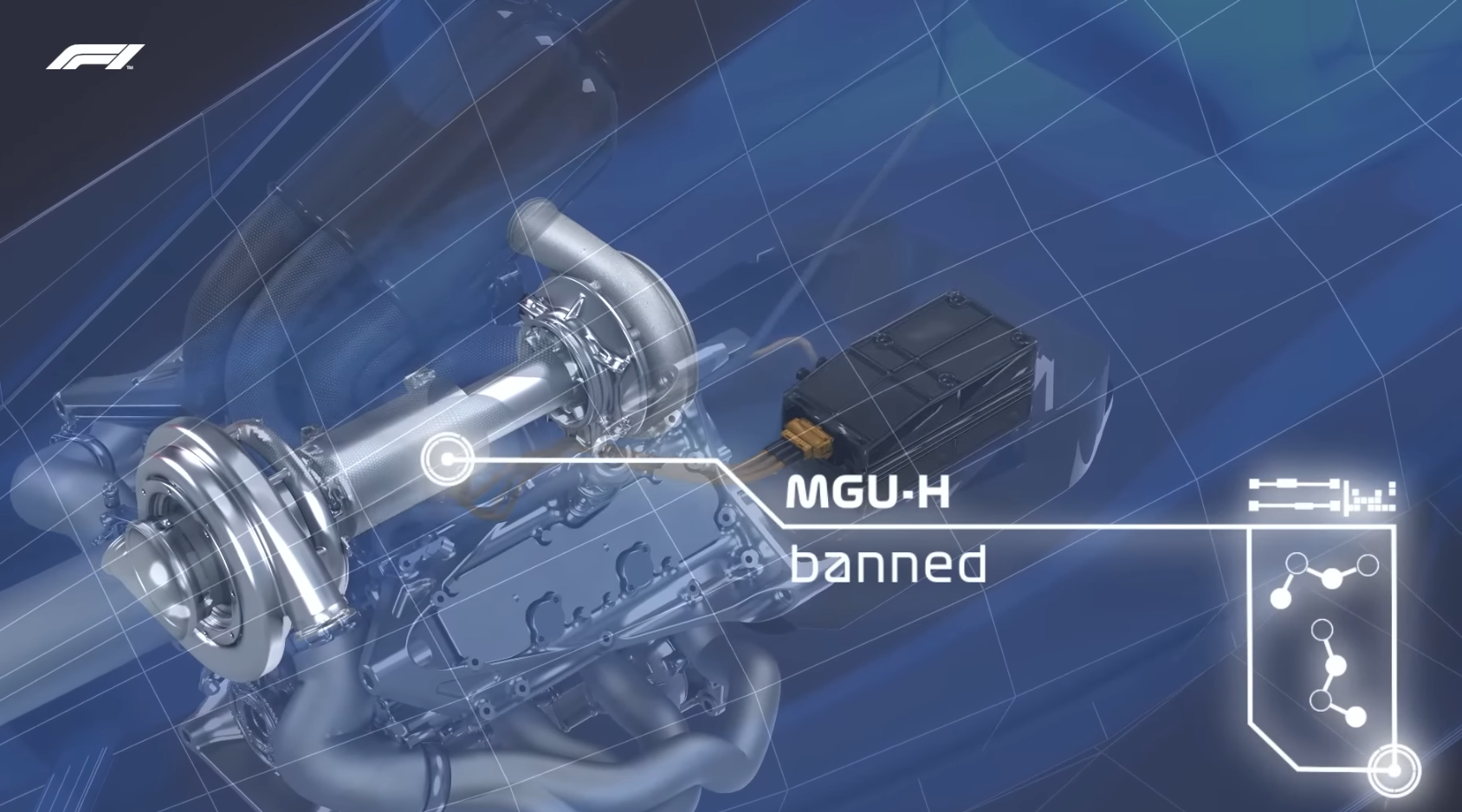Until the last week of August, the 2022 Formula One season is on its summer break. Yet, exciting news about the future of the sport keeps us at bay until cars can hit the track once more.
This year saw the largest regulatory change to Formula One since the introduction of the V-6 turbo hybrid engine in 2013. Cars saw complete chassis redesigns which allowed for closer racing. Manufacturers have hard caps on their annual spending. Yet, these changes are only the beginning.
Change is good and faster?
In the 2026 season, we will see a revamp of the long-standing powerplant: the V-6 turbo hybrid engine. The sport's goal is to make the same or more power output as the current gen cars with twice the efficiency. This will create some key changes for both teams and drivers.
Formula One is making a continuing initiative to make racing sustainable. Thus, all cars will soon be carbon neutral by 2026 as well. This is in part thanks to the cars running on sustainable fuel. This new fuel is a byproduct of biological materials and municipal waste. Energy is even generated from direct atmospheric carbon extraction.
To emphasize this point, in 2013 when the V-6 hybrid power plant debuted, the cars used 160 kgs of fuel per race. In 2026, the goal is to reduce that by half, to 70-80 kgs of fuel per race.
The MGU-K or hybrid battery unit will be more powerful than ever. In 2022 cars, this unit produces about 160 horsepower. In 2026, it will produce 470 horsepower, almost three times the output. Not only that, but it will be more efficient in energy regeneration from braking.
More simple, more speed
These fuel regulations mean that the 1.6-liter V-6 engine will see reduced output. Yet, due to the increased performance on the battery side, the cars will still make over 1,000 horsepower.
Due to a simpler design, this will also allow the MGU-K contained within the safety cell of the chassis. With all-high voltage equipment now within this cell, the driver is further protected.
To cut down on production costs, many engine components will be shared across teams. Most components will all come from a singular source. The complex and expensive MGU-H unit which sat between the turbo housing will be no more.
The MGU-H is a unit to cut down turbo lag. Yet, it never found its way into modern road car tech due to its complexity. Thus, the cost justification isn't there anymore with efforts to simplify the sport.
The lasting implications?
The removal of the MGU-H is an interesting mix-up for both drivers and teams. A byproduct of this decision is the reintroduction of turbo lag. This will make the cars more difficult to drive on the limit, especially in corner exits. This will make throttle modulation throughout the lap a bigger factor than ever before.
There are also implications for increased capabilities of the battery system. Teams will have to be more strategic with how they use their energy reserves during the race. A simple timing mistake of battery use may change the course of a race.
These new regulations also have placed further interest into the sport.Porsche recently announced they will be joining Red Bull Racing in 2026. The German brand also invested hundreds of millions in synthetic fuel development starting this year. Audi, their VW Group sister company, also plans to join the sport for 2026. While still unconfirmed, they are in discussion with Sauber F1 (currently Alfa Romeo). As the sport continues to evolve and optimize, it is one of the most exciting periods in Formula One to date.





